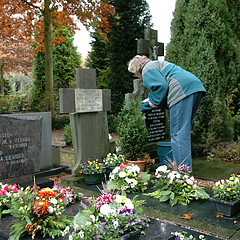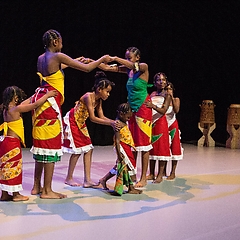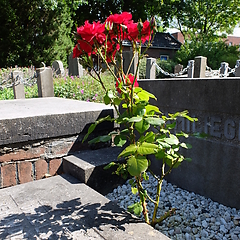With a home birth, the midwife is medically responsible; he/she monitors the process of the birth and guides the woman. It is the woman who chooses to give birth at home in her own bed, under her own shower or in a birthing pool. During labour, the autonomy of the woman giving birth (and her partner) is assumed; her wishes are respected. There is time and space to 'move along’ with the birth; protocols play less of a role at home than in a hospital.
When labour is in its advanced stages, the midwife calls on the assistance of the maternity assistant. She or he assists the midwife and supports the woman giving birth and her partner. After the birth, the maternity assistant usually stays with the family for eight days during the day.
Although it is possible to give birth safely at home in some Western countries, such as Flanders, Great Britain or Canada, this is only done on a large scale in the Netherlands. In the Netherlands, the combination of obstetrics and maternity care ensures that a woman is well looked after from the beginning of her pregnancy until well after the birth. Where it is medically responsible, mothers can give birth to their babies in their own homes, under the supervision of the midwife and with the assistance of the maternity assistant. The pregnant woman and the midwife have often already built up a relationship in the early stages of pregnancy.
Today's home birth culture is the result of a series of legal-medical decisions, which have made it possible to establish a separate branch of obstetrics and maternity care in the Netherlands, based on a number of intangible cultural values such as 'autonomy/we decide for ourselves', a 'natural process' and 'being at home'. The freedom of choice of the woman and her partner to decide where the birth takes place is an important core value in this respect.



